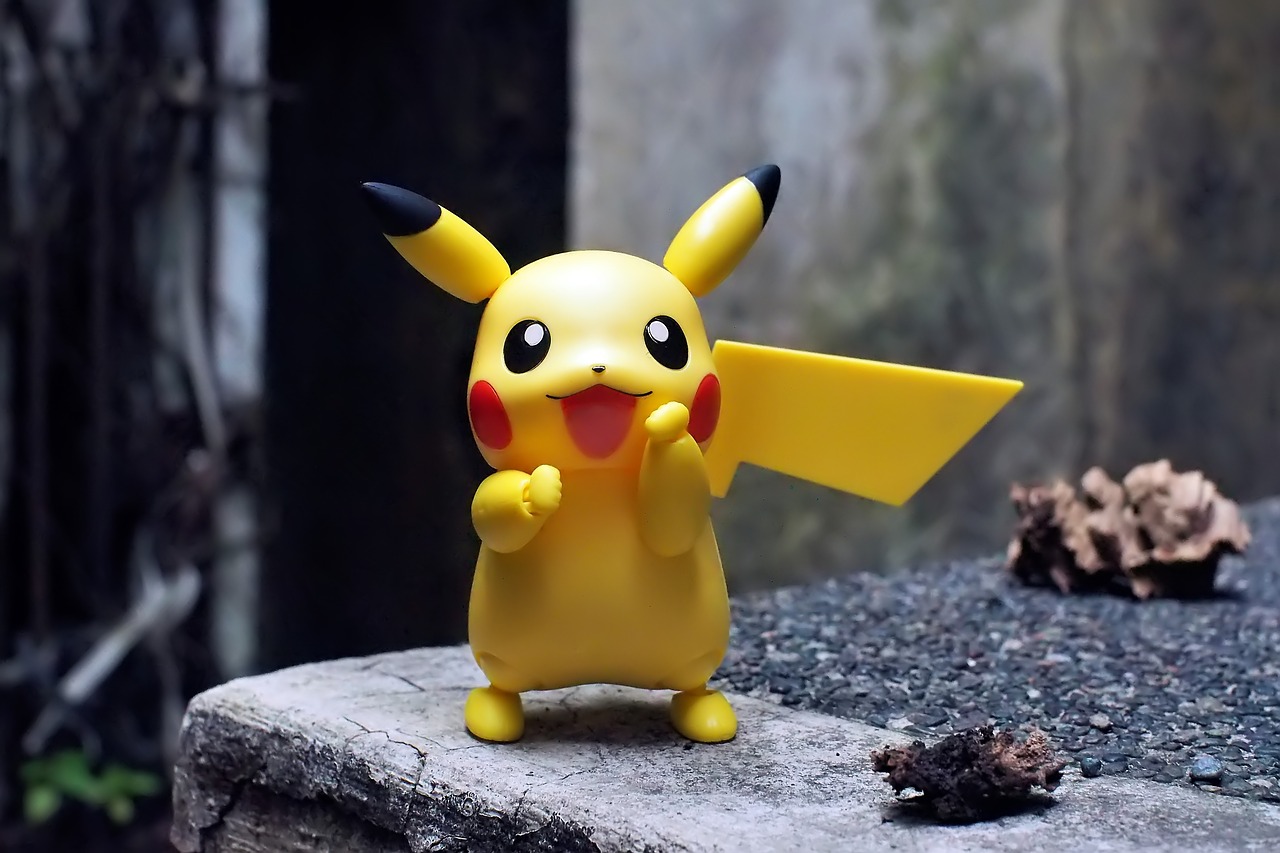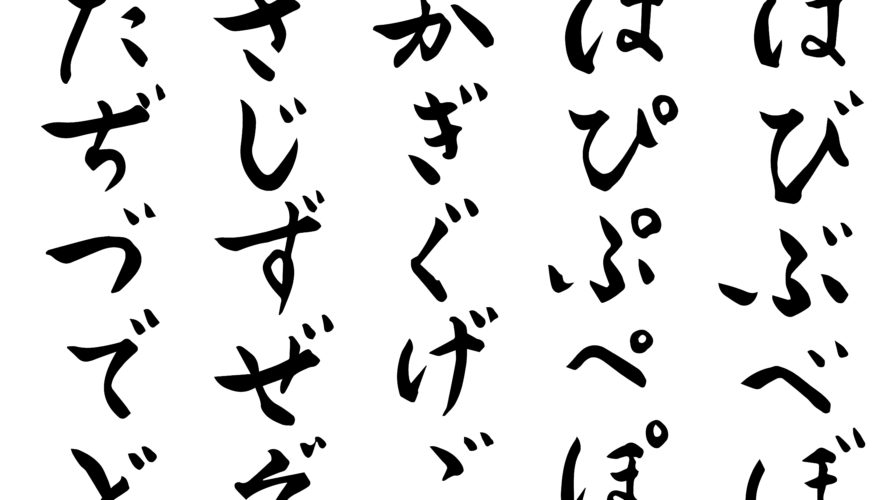Learning hiragana (ひらがな) ③ (っ, ゃ, ゅ, ょ) and basic Japanese words (にほんご) in 3 minutes
- 2019.08.07
- Basic Japanese, Hiragana, ひらがな
Welcome back to the complete beginner course of Japanese. After all, this is the last lesson of hiragana. Yay! If you haven’t seen the previous post, here is the link. After finishing this lesson, you can understand theoretically every single word written in hiragana. So, take it easy, and here we go! Learning hiragana (ひらがな) ③(っ, ゃ, ゅ, ょ) and essential Japanese words(にほんご) in 3 minutes How to use and type (っ, ゃ, ゅ, ょ)? The reason why I said it is easy is that technically, you have already learned about つ、や、ゆ、よ in the very first lesson of hiragana. So, you need to recognize that (っ, ゃ, ゅ, ょ) are just a small version of (つ、や、ゆ、よ). When you type (っ, ゃ, ゅ, ょ), you need to add “x” in front of つ(tsu)、や(ya)、ゆ(yu)、よ(yo). To put it differently, you can type like っ(xtsu), ゃ(xya), ゅ(xyu), ょ(xyo). You can download Japanese IME from here. “っ” can only make sense between other hiragana. For instance, まって(matte); wait We don’t use ( ゃ, ゅ, ょ) solely, but they are only put down after (き、し、ち、に、ひ、み、り、じ、び、ぴ.) In other words, only the following patterns exist. きゃ(kya), きゅ(kyu), きょ(kyo) しゃ(sha), しゅ(shu), しょ(sho) ちゃ(cha), ちゅ(chu), ちょ(cho) […]

